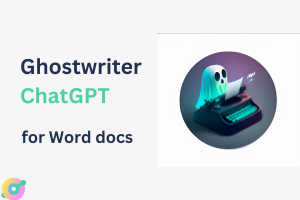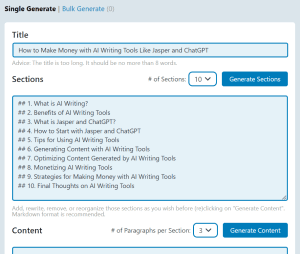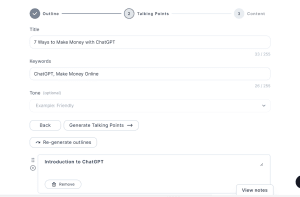Small language models have made significant strides in 2026. These models offer powerful language processing capabilities while maintaining efficiency and accessibility.
This makes them ideal for both researchers and small businesses looking to leverage artificial intelligence without the need for massive computational resources.
Among the top models is Meta’s LLaMA 3, which is open-source and highly adaptable. It aims to empower responsible AI usage across the board.
Microsoft’s Phi-3 is another standout, boasting 3.8 billion parameters and the ability to run efficiently on local devices.
This makes it a strong contender against larger models like GPT-3.5.
In addition, Apple’s focus on on-device capability has led to the release of eight small AI language models aimed at providing robust language processing without relying on cloud infrastructure.
Advancements in Small Language Model Technologies
Recent advancements in small language models have focused on increasing efficiency and accessibility without compromising performance.
This has involved a range of innovative approaches and community-driven efforts.
Comparative Analysis of Leading Small Language Models
Small language models like Llama 3 by Meta and Phi-3 have become notable for their balance between size and functionality.
For instance, Meta’s Llama 3 provides robust language understanding with fewer parameters, making it efficient for real-world applications.
Microsoft’s rollout of Alpaca 7B has also showcased how smaller models can excel in niche tasks with proper fine-tuning.
These models are evaluated on benchmarks such as natural language processing tasks, where they often demonstrate competitive performance relative to larger models.
Efficiency, scalability, and community support are key metrics in comparative analysis.
Role of Community and Open-Source Development
The community and open-source contributions have been crucial in the development of small language models.
Platforms like Hugging Face and projects such as RedPajama support the collaborative improvement of these models.
Open-source models, released under licenses like Apache 2.0, enable developers to adapt and improve upon existing frameworks.
Meta’s Llama 2, for example, allows extensive customization and is widely appreciated for its transparency and accessibility.
Community-driven platforms encourage shared expertise, fostering innovations in neural network architecture and language understanding.
Collaborations in fine-tuning models and sharing datasets help optimize these AI tools for various specialized applications, ranging from coding assistance to machine learning research.
This collaborative ecosystem is pivotal in refining small language models, ensuring they remain relevant and practical for diverse technological needs.
Real-World Applications and Impact

Small Language Models (SLMs) have found their way into various sectors, offering solutions that improve efficiency, lower costs, and enhance user experience.
These models are making a significant impact by integrating with industry platforms, prioritizing accessibility and privacy, and advancing multilingual and multitasking learning capabilities.
Integrating SLMs into Industry Solutions
SLMs are becoming integral in sectors such as healthcare, finance, and customer service.
For example, chatbots powered by models like LLaMA 3 and Alpaca 7B are used to handle customer queries, providing quick and accurate responses. This reduces the need for human intervention and cuts costs for businesses.
In finance, they assist with tasks like fraud detection and risk analysis by analyzing vast amounts of data efficiently.
In healthcare, SLMs help in medical diagnosis and patient management systems, offering reliable assistance even in resource-limited settings.
Enhancing Accessibility and Privacy
A significant advantage of SLMs is their role in making technology more accessible and preserving user privacy.
SLMs like Phi-3 models can be deployed on mobile devices due to their lower computational requirements compared to larger models. This means even users with basic smartphones can benefit from advanced AI capabilities.
Furthermore, these models are designed to process data securely, addressing privacy concerns. For example, by running models locally on devices, sensitive data does not need to be transmitted to the cloud, enhancing data security and user trust.
Advancing Multilingual and Multitask Learning
SLMs are making strides in supporting multilingual tasks and handling multiple types of queries simultaneously.
For instance, models like Qwen by Alibaba and Falcon 7B are proficient in language translation and natural language processing across various languages. This capability is crucial for businesses operating globally.
It allows them to communicate effectively with customers in their native languages.
Additionally, SLMs assist in multitask learning. They can manage different tasks such as text generation, machine translation, and code generation.
This versatility helps in optimizing workflows and improving performance across diverse applications.
Incorporating SLMs into multilingual and multitask applications enhances their functionality and usability.












